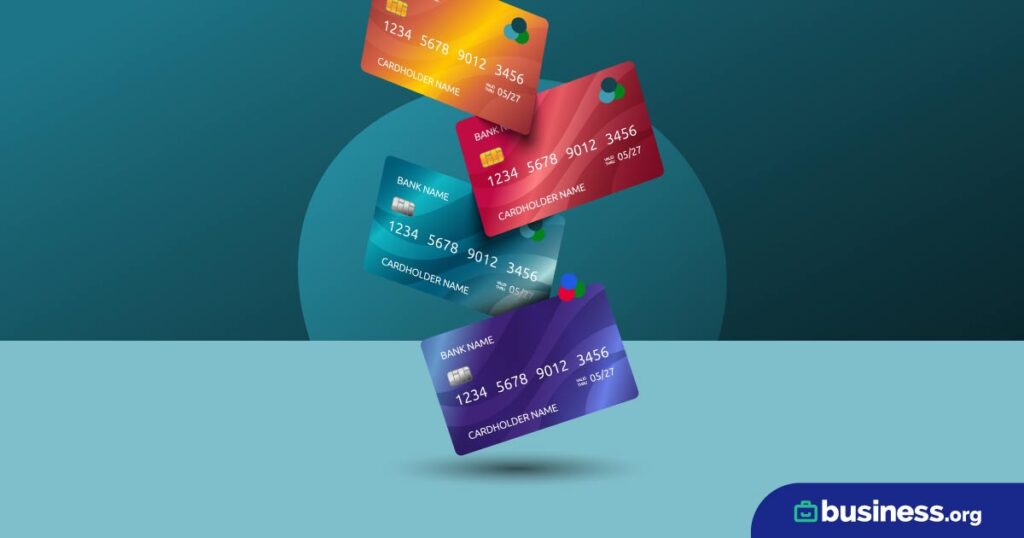We are committed to sharing unbiased reviews. Some of the links on our site are from our partners who compensate us. Read our editorial guidelines and advertising disclosure.
QA Testing: Which Type is Best for You?
Quality assurance (QA) testing is a critical part of the mobile application and software development process. Several different types of testing are used to ensure new products are functioning, secure, compatible with different systems, and meet customer standards. The key is knowing when to use which type of QA testing.
Here are the four critical types of QA tests, along with guidelines for when to use them in the product development process.
1. Integration Testing
There are numerous components to every application you use daily. Consider all the different steps a program does to allow you to open a document. Then type, save the document, and share it by email. Integration testing makes sure the components work individually. It then puts them together to see how they function as a whole group.
Typically, integration testing comes before a whole system test. System tests also check how applications are functioning, but there's one key difference. Integration testing happens in the development phase. It is done to ensure all the pieces of the puzzle fit together. System testing is done to make sure the application being developed functions as it should on a number of platforms, which happens later in the process.
2. System Testing
System or functional testing is a QA test done on the full product. System testing is done late in the product development process when an application is almost ready to launch. A proper systems test makes sure all components of the software are functioning well as a whole, before they hit the market. Tests identify weaknesses in individual features, or problems that occur when different sections of code are put together to make the full product. Developers also use systems testing to ensure products function properly on different platforms.
By signing up I agree to the Terms of Use and Privacy Policy.
3. Feature Testing
Think about how often your smartphone offers application updates. Developers are constantly trying to keep users engaged with new features and improved functionality. Before any new features are launched, they go through a rigorous QA testing process called feature testing. This process ensures any new features or changes aren't going to cause the existing application to crash or break. Feature testing is typically done after an application has already launched and a developer wants to expand on existing features or add something completely new.
4. Usability Testing
Every good developer conducts rigorous usability testing before they launch a new product. After all, the primary goal is for customers to be happy with the product. Developers need to conduct usability tests to ensure products function up to customer standards and meet their expectations. Conducting a usability test is similar to taking a car for a test drive. It lets customers check out the design of your application and its features, and ultimately provides you with valuable feedback about how well your product meets their needs. Usability testing is a critical factor for predicting product success. Product changes may be made based on usability testing.
QA testing is an integral part of the product development process. It helps you understand everything from how individual components of your software function together to how customers view your product. Developing a QA plan that connects with your product development cycle will help you know you have a success on your hands when your app or latest software release hits the market.
Check out these related topics: Exchange vs Imap Email Protocols, Amazon FBA Review, Best Electronic Medical Record Software, Pros and Cons of Developing Your Own Software, Best E-signature Apps, Best Security Cameras for Businesses, Free Task Management Apps, Worst Boss Stories, or Best Shared Calendar Apps.




